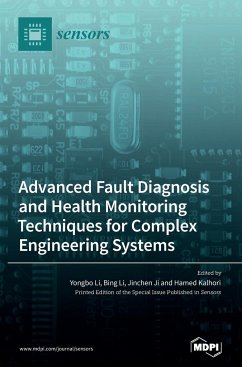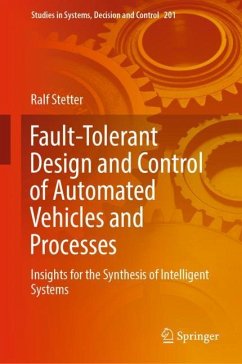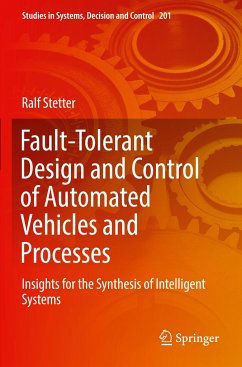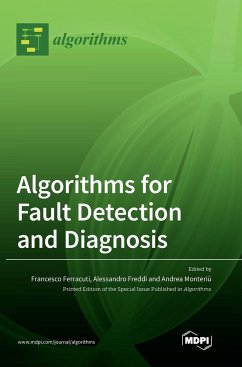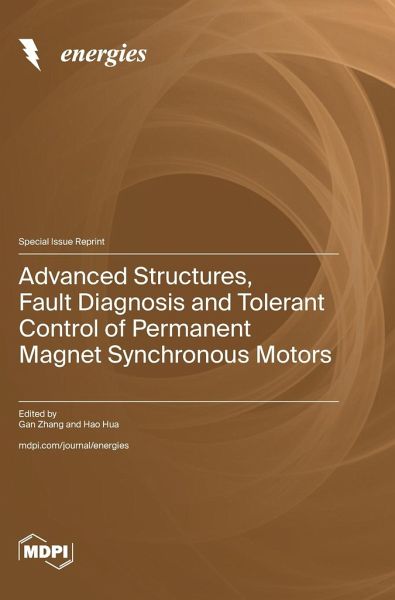
Advanced Structures, Fault Diagnosis and Tolerant Control of Permanent Magnet Synchronous Motors
Versandkostenfrei!
Versandfertig in 1-2 Wochen
72,99 €
inkl. MwSt.

PAYBACK Punkte
36 °P sammeln!
The application of fault diagnosis techniques in PMSMs involves the identification and localization of faults such as stator winding, rotor, and sensor faults. Various methods, including model-based approaches, signal processing techniques, and machine learning algorithms, are employed for fault detection and diagnosis. These techniques analyze motor currents, voltages, and other operational parameters to detect deviations from normal behavior, enabling timely intervention and maintenance. Moreover, fault-tolerant control strategies play a crucial role in ensuring the continued operation of PM...
The application of fault diagnosis techniques in PMSMs involves the identification and localization of faults such as stator winding, rotor, and sensor faults. Various methods, including model-based approaches, signal processing techniques, and machine learning algorithms, are employed for fault detection and diagnosis. These techniques analyze motor currents, voltages, and other operational parameters to detect deviations from normal behavior, enabling timely intervention and maintenance. Moreover, fault-tolerant control strategies play a crucial role in ensuring the continued operation of PMSMs even in the presence of faults. By intelligently reconfiguring the motor operation and redistributing currents among healthy windings, fault-tolerant control systems can mitigate the effects of faults and maintain satisfactory performance levels. The significance of applying fault diagnosis and fault-tolerant control in PMSMs lies in their ability to minimize downtime, reduce maintenance costs, and extend the operational lifespan of electromechanical systems. By proactively detecting and mitigating faults, these techniques contribute to enhanced system safety and performance, ensuring uninterrupted operation in critical applications such as electric vehicles, industrial machinery, and renewable energy systems. Furthermore, the integration of advanced diagnostic and control algorithms enables continuous monitoring and optimization of PMSM performance, facilitating the transition towards more intelligent and autonomous electromechanical systems.








